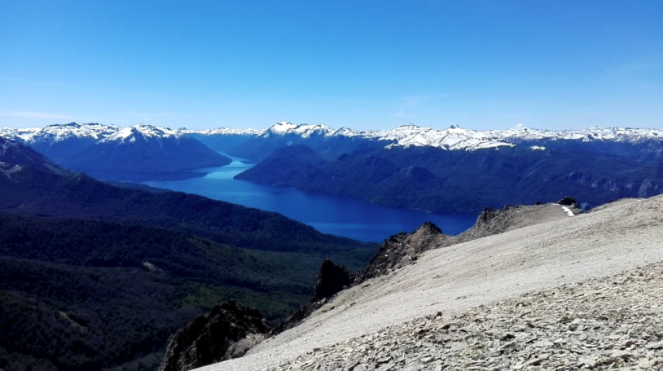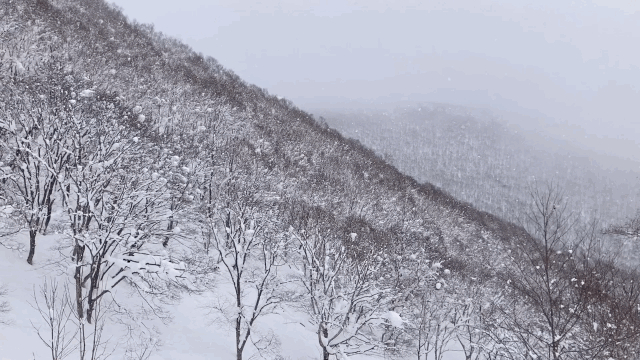Being quite accessible for Patagonic standards, this region strikes for its breath-taking natural beauty. There are a million options and still visiting multiple times I just scratched the surface – here are my personal favourites so far. The time estimated for treks is both ways.
At the bottom you’ll find some infos on the area and its context.
I suggest to have a car to move around – it is also possible to do the whole thing by bike * not in winter, and keeping in mind that it rains A LOT * or with public transportation.
A map
coming soon …
Cerro Negro – Villa Traful
On a clear day arguably one of the best hikes ever, because of the amazing view over the lake and a 360° on both the Chilean and Argentinian side. You have to register with Guardaparques and text them when you’re back – not doable on windy days. Should take about 7-8 hours – I went with my dad who is over 70 so it took 11! A dog identified me as her human and came along the whole trail. The trail is well marked (starting at the licorería) and only the last part is a bit steep. You get a clear view of Lanín, Tronador and Osorno volcanoes. Route here.



Refugio López – Bariloche (Circuito Chico)

This is a great hike that offers amazing views during the entire trail without being as challenging as others. It should be doable in 5 hours. You get to see different parts of the Nahuel Huapi lake. It is possible to connect this hike with Laguna Negra if you want to experience something more difficult – it takes two days, can be attempted in one starting VERY early in the morning and registering at Refugio Lopez, where they incidentally serve food and cerveza artesanal. The connection is very steep, I just did a small part and I don’t suggest attempting it alone or if you get vertigo. Route here.

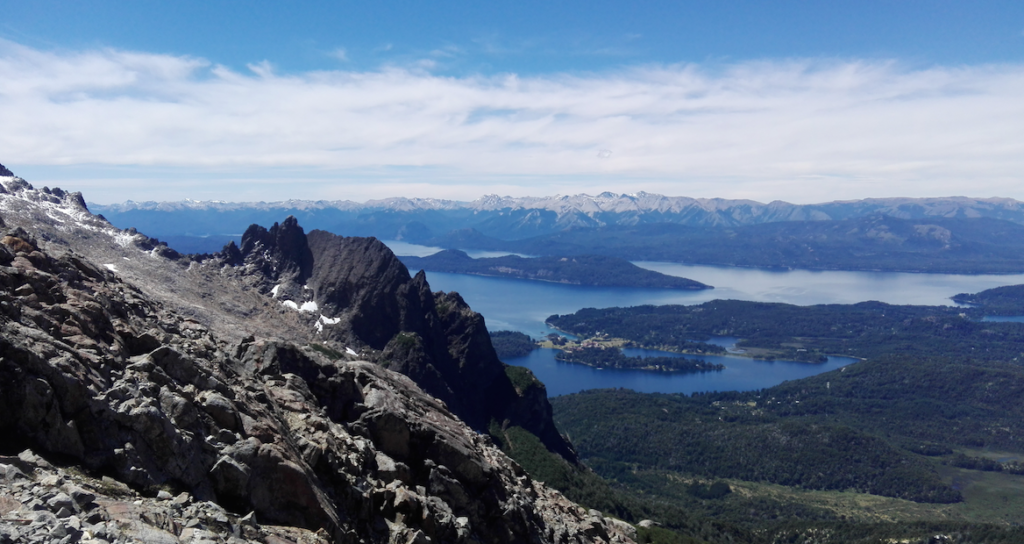
Volcán Reserva Mapuche (Villa Pehuenia)

The pictures don’t do justice to this trek: in less than three hours you get a panoramic of six different summits, Villarrica (pictured below) being the weirdest. They’re all on the Chilean side, as you’re very close to the border. You’re simultaneously circling the top of a dead volcano (the explosion formed a lake). This is located on Mapuche land (you are requested to pay a small fee to enter the area) so it’s a chance to get to know something about the culture too. Driving there we helped some locals with a flat tire and had the chance to assess that the language is still spoken today.

Since you’re here… Some context, briefly:
The area encompassed is quite vast and it’s the greener part of the Argentinian side of Patagonia, most of it is called Selva Valdiviana and is protected by UNESCO. This whole area close to the Chilean border was mapped by Perito Moreno, a pioneer scientist who is kind of a national hero in Argentina and back in the early 19th Century already understood the naturalistic value the area had to offer and advocated for its protection. Some species are unique to it – the characteristic tree is Araucaria, a local variety of the European pine. The lake’s are immense – in particular Nahuel Huapi (you usually just see different brazos, they look like fjords) – you can visit the islands to appreciate a different, bushier side of it.

Prior to Spanish conquista the continent was inhabited by different populations, the pictures are taken from the book Argentina Indígena by Dick Ibarra Grasso:
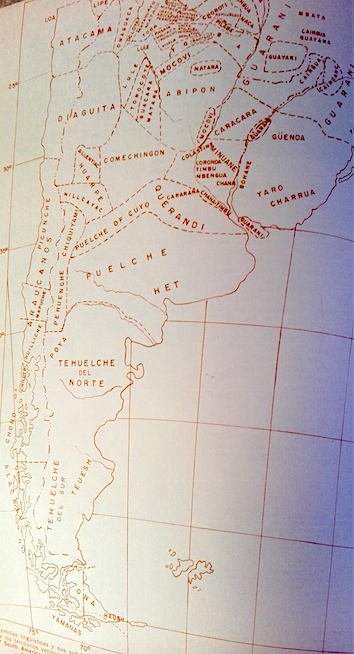
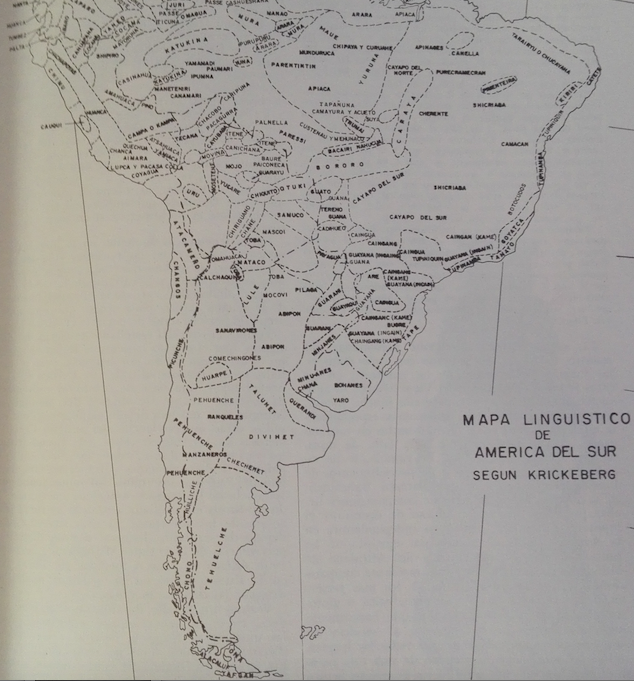
While the arrival of the Spanish altered forever the region’s ethnic composition, much of Argentina’s ethnic cleansing and forced displacement of populations occurred after independence, during what’s known as Campaña del Desierto. This refers to multiple attempts by the Army sent by the Central Government to exercise actual control on the entire territory in the late 19th Century. While independence was declared in Tucumán in 1816 and the Government took Office in Buenos Aires, the vast majority of the land South didn’t took much notice. It probably wasn’t much different for native populations than when the English or the Spanish arrived at first. Expeditions were also sent to assess the native population’s way of life; an exemplary approach is Lucio Mansilla’s ” Una excursión a los Indios ranqueles” where the author depicts a culture (their language, their way of living, their deities, their world), that will soon be destroyed almost completely. Not all of it was intentional – much happened due to the inadequacy of the men in command – yet that doesn’t ultimately change its consequences.
The other big influence on demography in Argentina has been European immigration, which reached Argentina in different waves. Many Germans (or German speaking) immigrants made this area their home and this is still palpable today in architecture, style, food and… breweries! The best artisanal beer I tried is the red Moquehuina, but I encourage you to try others! Marmelades are also pretty great – frambuesas beat everything but you can also find unusual ones like sauco or grosellas. Here you can try multiple versions of ciervo and jabalí, but my top choice remains trucha patagonica. If you wanna treat yourself once to a more upscale place, you can book lunch in Las Balsas by Villa La Angostura. This is the lovely view:

In this area you also have Argentina’s biggest concentration of ski resorts: when I was a kid we’d always go to to Cerro Chapelco (San Martin de los Andes), which has some excellent slopes on the Cerro Teta side and Filo, if it’s not too cold; but Argentina’s biggest and most visually stunning skiing area remains Bariloche’s Cerro Castor: while quite crowded at the base, you’ll find few people and good snow quality at the very top (it can get windy though..), as well as extraordinary views of Volcán Tronador; this is taken from the highest slope, Nubes:
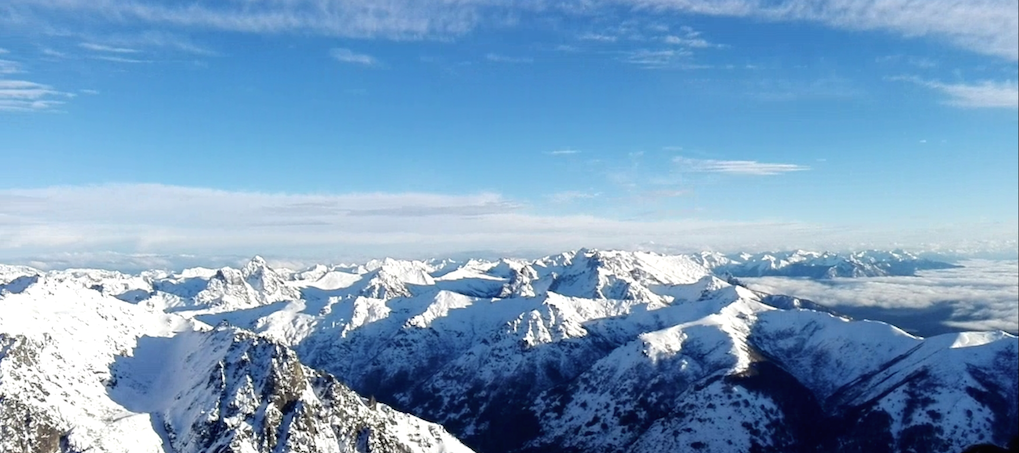



There are options for all budgets, from camping (it’s a popular student’s route in the summer) to five star hotels. This was my favourite.
If I had to suggest a book it would be the timeless classic Pirelli guide of Argentina, the only travel guide ever written about this land that reads as a compelling book – blogs are better than any alternative.
What are your favourite hikes?
